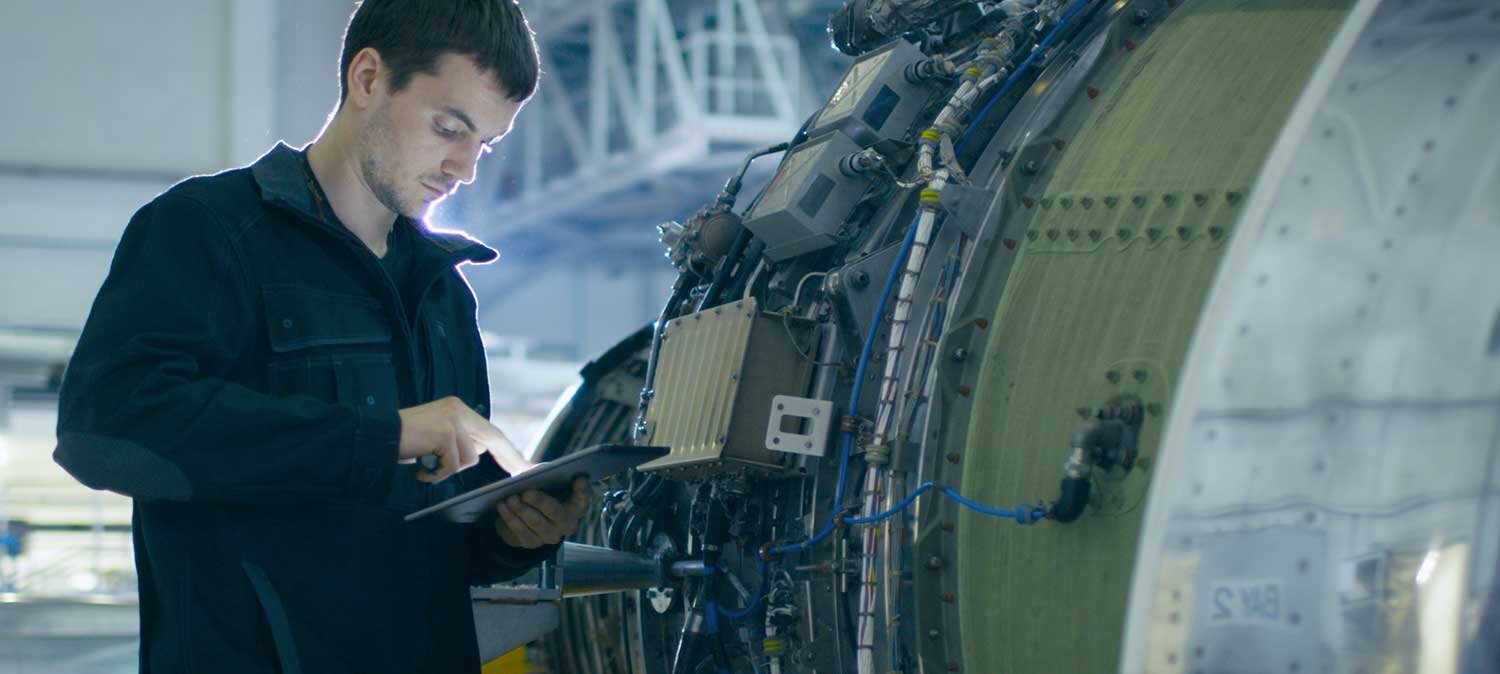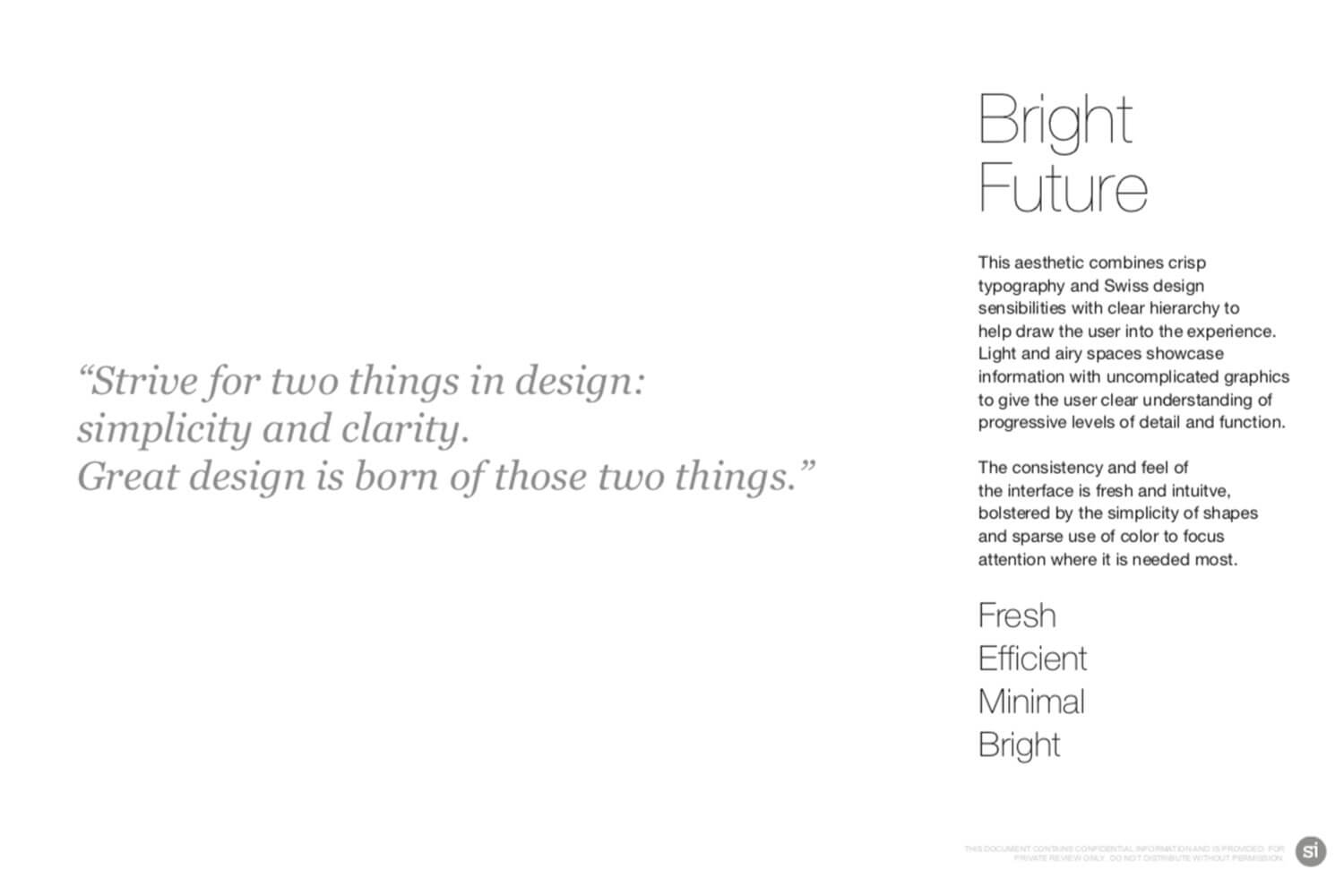MOBILE Aviation TRAINING
Full design, development, and launch of a new digital product with post launch iteration! Yeah!
*Not actual product

*Not actual product

This project is under NDA. What follows is a wildly incomplete overview of a multi-year project. For more specific details, please contact me to set up an in-person meeting. Thanks!
Our partner, a local Fortune 500 aerospace engineering and manufacturing company was looking to augment a key part of their business by creating digital maintenance training for their primary product.
The instructors who taught maintenance training were world class experts on their subject matter, but they knew that their on campus model of lecture-based teaching wasn’t as engaging as it could be for the students.
Furthermore, getting students regular access to the physical product so they could test their knowledge in a practical environment was logistically difficult and expensive.
As a result, alot of time could pass between students ingesting a lecture and having an opportunity to test their comprehension of it. The instructors wanted to change the availability of access and the teaching model, but weren’t sure how.
And lastly, the parts of the existing on campus experience that did work well required multiple monitors and large screens in a classroom setting, which made it hard to translate them into a portable, single screen experience.
This led to a series of questions:
How might we…
…create a digital learning experience that generates results in the real-world testing environment?
…create deeper and more engaging student learning experiences?
…reduce the time between classroom knowledge share and practical application?
…make the learning experiences portable?
Working together, we shifted their learning model from an instructor-driven lecture based approach, to a student paced “learn by doing” model in a portable, single screen, simulation experience.
This approach increased student engagement, decrease costs to the company, created new revenue streams, and provide the same level of experience whether it was performed on-site in the manufacturer’s classroom, or in one of their buyer’s classrooms.
Project Length: Multi-year
Role: Creative director
My Contributions: Creative oversight, Visual design, Product and experience definition, Led sections of and contributed to stakeholder workshops, Prototype generation, Organizational evangelization, Research, Motion Studies, UX Flows

“How can we embed the expertise of the classroom instructor into the product?”

To better understand the problem space, we interviewed students to understand their goals, needs, and pain points in and around the classroom training experience, as well as ran Experience Mapping workshops with client stakeholders and instructors.
From this information we generated User Stories to help inform product ideas.
Contextual inquiries
Experience mapping workshops with client
Student interviews
Experience Map artifacts by Clemente Miller

Classroom instructor Experience Maps

Student Behavioral Archetypes
After the Experience Mapping workshops, we had better insights on what the goals, needs, and pain points of the instructors and students were. These provided insight as we began to translate the analogue classroom experience into interactive prototypes.

To test our ideas about how these experiences could work, we created prototypes of varying degress. This helped to think about how the UI constraints of creating the classroom experience on one screen might work.

Paper prototype
From there we began to run tests with students and instructors to see if the sets of features within the many prototypes solved both the business problem and created a better user experience for the end user.
In addition to traditional testing methods, we also gathered feedback by running “science fairs” within the organization. These were effectively an Agile Demo Day open the larger organization where we could showcase progress and gather feedback. These have continued over the years and help foster change in the organization by bringing visibility of the products evolution and success to other teams who were less familiar with Agile development process.

After testing results pointed towards a refined product definition, we worked up high level mood boards to aid the discussion for brand and feel.



Another critical component of the experience required students to use analogue teaching materials as they progress through the digital content. To integrate this requirement into the experience, data input methods needed to be explored and tested within the evolving prototypes.

Digital input methods exploration
As the product definition began to evolve and the prototypes were further developed, I created a design system that the developers and team could build from.

Sample Style Guide
This project is under NDA. What you just perused was a very incomplete, high-level overview. For more specific details, please contact me to set up an in-person meeting. Thanks!